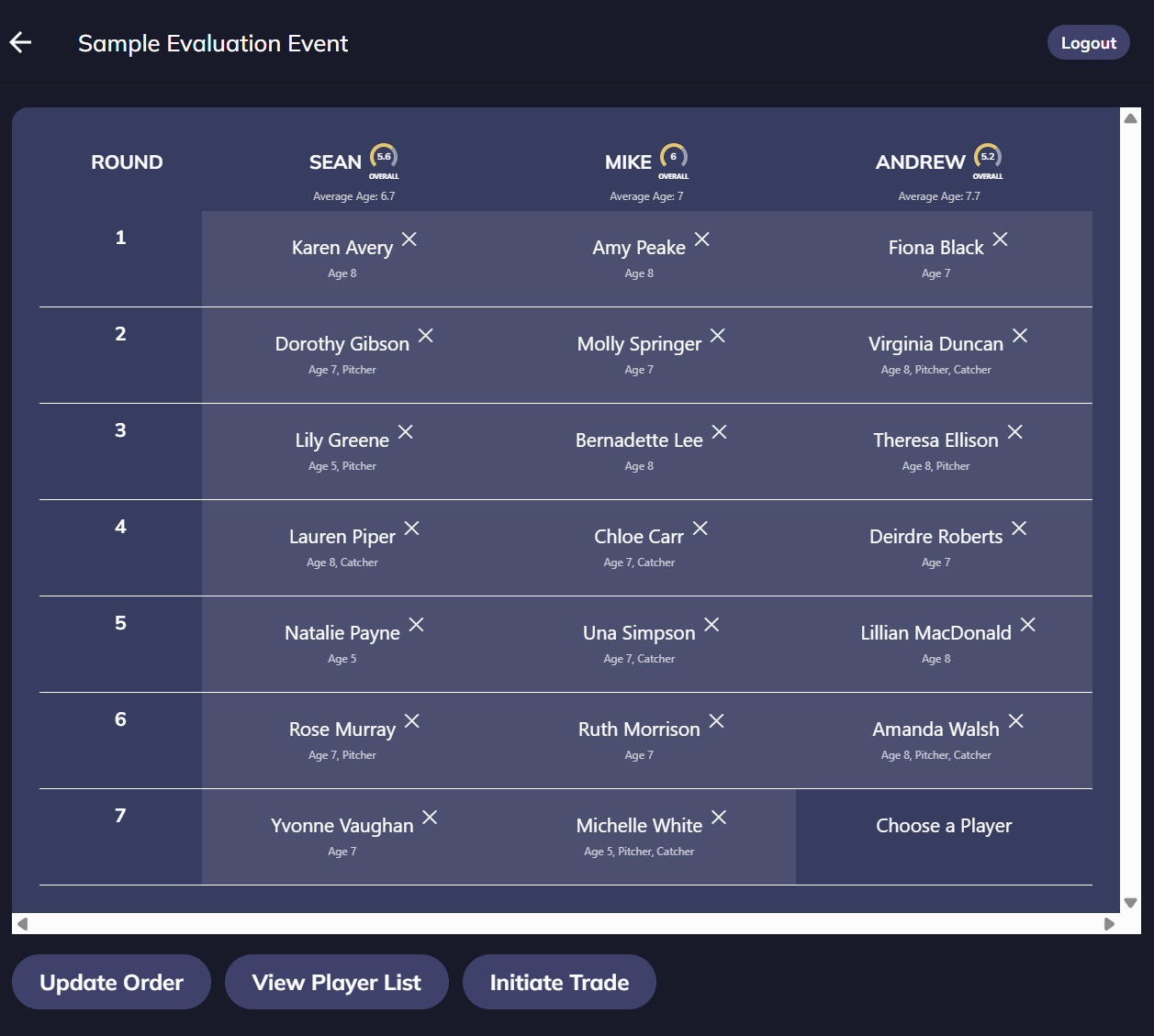Steps & Best Practices for Preparing and Running a League Draft
It all begins with an idea.Steps & Best Practices for Preparing and Running a League Draft
Introduction
The draft is the heartbeat of every youth sports season—equal parts excitement and anticipation. It’s the moment when rosters take shape, rivalries begin, and the stage is set for months of competition and fun. But for all the excitement, a fair and transparent draft is critical. Done right, it builds balanced teams, fuels great games, and keeps players, coaches, and families engaged all season long.
Here’s how to prepare and execute a league draft that’s smooth, transparent, and fair—with help from Tidepool Sports.
1. Establish Draft Rules Early
Decide on your format (snake draft, fixed order, lottery).
Clarify policies for coach’s kids, siblings, or player requests.
Communicate rules to all coaches before draft day.
How Tidepool Helps: Draft settings can be customized and shared in advance, ensuring everyone’s on the same page.
2. Use Reliable Evaluation Data
The draft is only as fair as the data you use.
Ensure evaluations are standardized and complete.
Give coaches access to player summaries before the draft.
How Tidepool Helps: All player evaluations flow directly into the live draft board, eliminating spreadsheets and manual data sorting.
3. Balance Teams with Real-Time Visibility
Track overall skill balance as players are drafted.
Don’t just look at one category (e.g., hitting)—consider the whole player.
Use the overall team scoring feature to keep teams competitive.
How Tidepool Helps: Our live draft board updates instantly with team scores, rankings, and roster needs, helping coaches make smarter picks.
4. Keep Draft Day Organized
Assign a draft moderator to keep things moving.
Use a projected draft board so all coaches see the same information.
Stick to time limits for picks to avoid delays.
How Tidepool Helps: Coaches can filter, sort, and prioritize players right in the draft room—whether in person or remote.
5. Post-Draft Transparency
Share final rosters immediately with coaches and board members.
Send out communication to parents within 24 hours.
Review parity across teams before announcing.
How Tidepool Helps: Rosters export instantly, making it simple to transition into the season.
Conclusion
Running a smooth draft isn’t just about logistics—it’s about fairness, transparency, and trust. When every coach has equal access to accurate data, and the draft runs efficiently, everyone wins.
With Tidepool Sports, leagues eliminate the spreadsheets and guesswork, ensuring balanced teams and a successful season.
The draft is the heartbeat of every youth sports season—equal parts excitement and anticipation. It’s the moment when rosters take shape, rivalries begin, and the stage is set for months of competition and fun. But for all the excitement, a fair and transparent draft is critical. Done right, it builds balanced teams, fuels great games, and keeps players, coaches, and families engaged all season long.

